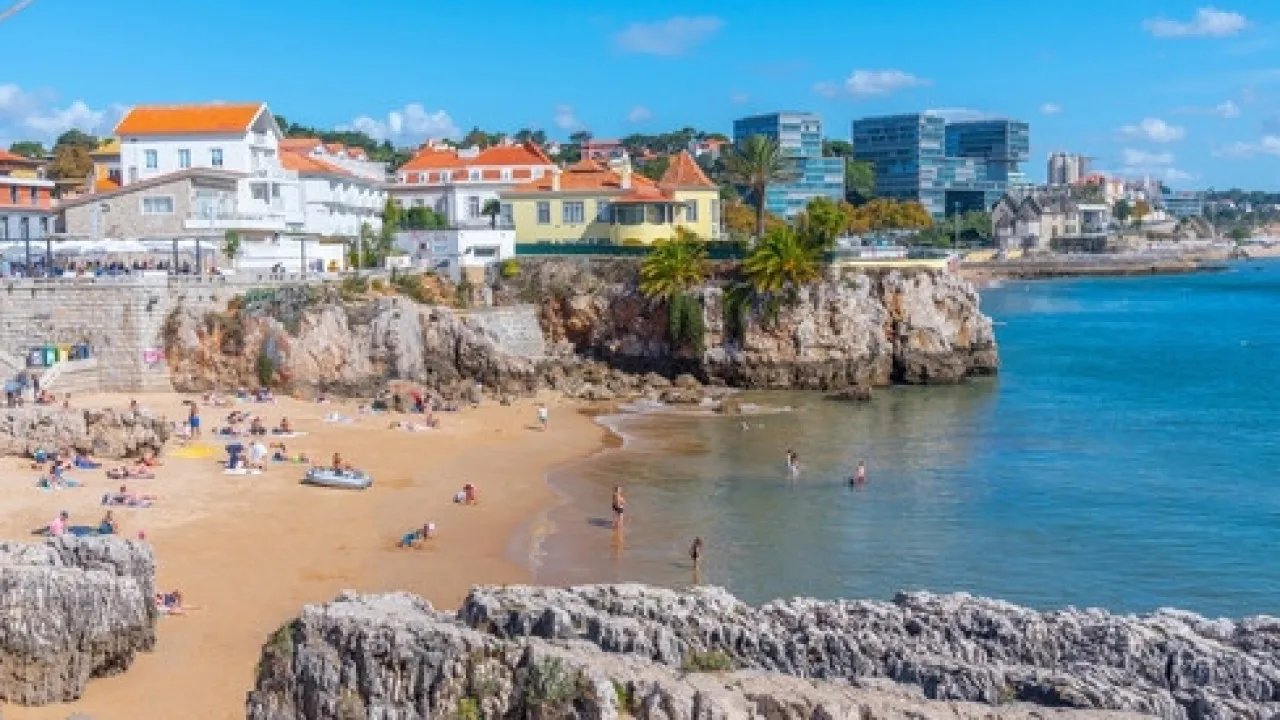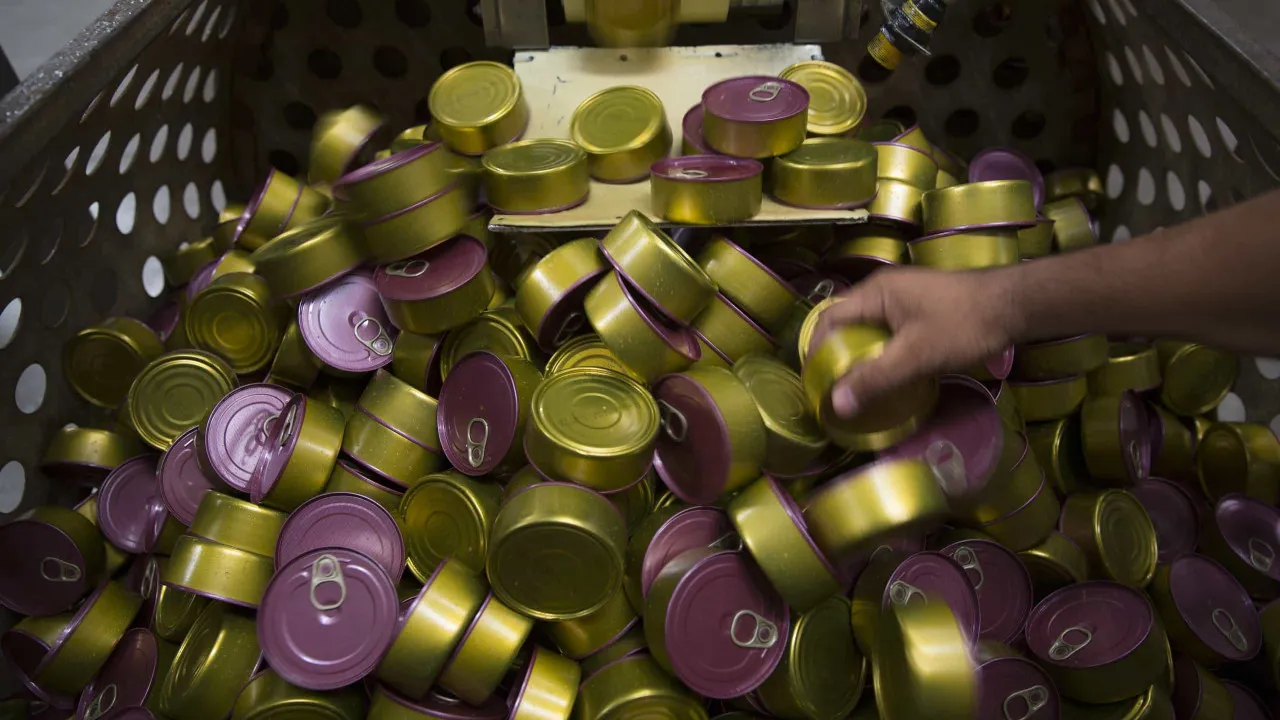
The municipality removed 2,000 tons of algae from the beaches last year, requiring the installation of a crane and machinery for cleaning. The ongoing issue persists, as daily biomass removal is necessary on rocky substrate beaches, according to the municipal official responsible. Without removal, Cascais beaches might be overwhelmed by biomass spread.
The algae, detected at the end of 2023, initially began as a collection operation on the beaches but quickly proved to be an endless task. The algae, “Rugulopteryx okamurae,” are believed to have originated from Japan, arriving in Europe through Gibraltar and southern France, likely via ship ballast waters or oyster transplantation.
The invasive species has since spread along the coasts of Andalusia, Northern Morocco, the Canary Islands, Azores, and Madeira, significantly affecting Cascais and the Algarve. It exhibits rapid expansion, colonizing areas while displacing native algae species and impacting marine life. Tests showed sea urchins stopped reproducing in its presence.
Cascais is developing an action plan to better understand the algae’s behavior. Initial attempts to remove them at sea failed due to the weight breaking the net during trials.
On Tuesday, the government approved a National Strategy for managing the invasive macroalgae, as it poses growing concerns along the Portuguese coast. This strategy is expected to bolster efforts against the algae, which impacts fishing, biodiversity, beach usage, and the local economy.
“In Cascais, we clean the beaches every day at low tide,” the municipal official stated, noting efforts to explore the algae as a resource rather than waste.
A collaborative initiative involving the University of Lisbon’s Institute of Agronomy, Cascais municipality, and startup OffKelp is underway to find uses for the collected algae. Professor Isabel de Sousa highlights a multi-angle approach to harness the algae’s value, preventing landfill overflow.
Researchers are evaluating fermentation and composting processes to manage the algae’s toxic compounds. The toxic nature prevents predators like fish from consuming it, but the toxicity remains poorly understood. The goal is to neutralize toxins through these processes, preventing soil microorganism damage.
Once toxins are mitigated, potential applications include fertilizer, as the algae are mineral-rich, crucial for soil rejuvenation. Other explored uses include manufacturing burnable pellets, pharmaceutical or cosmetic compounds, and even producing plastic.




